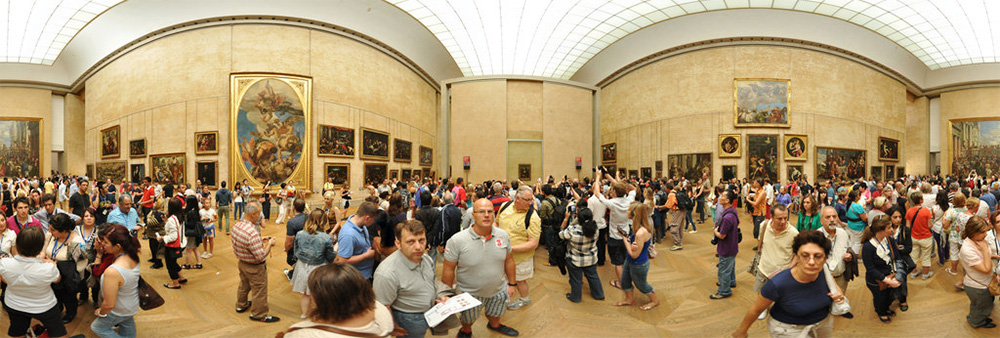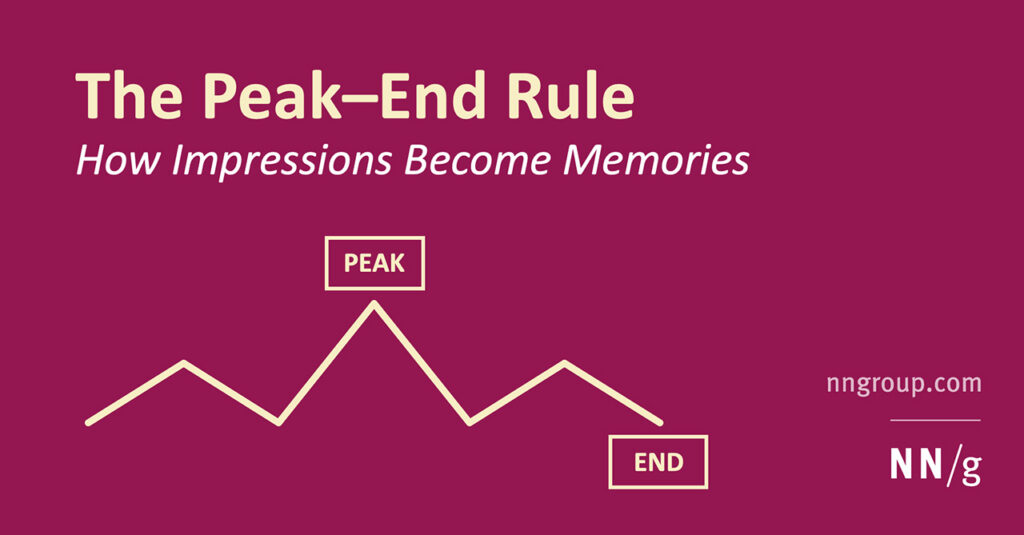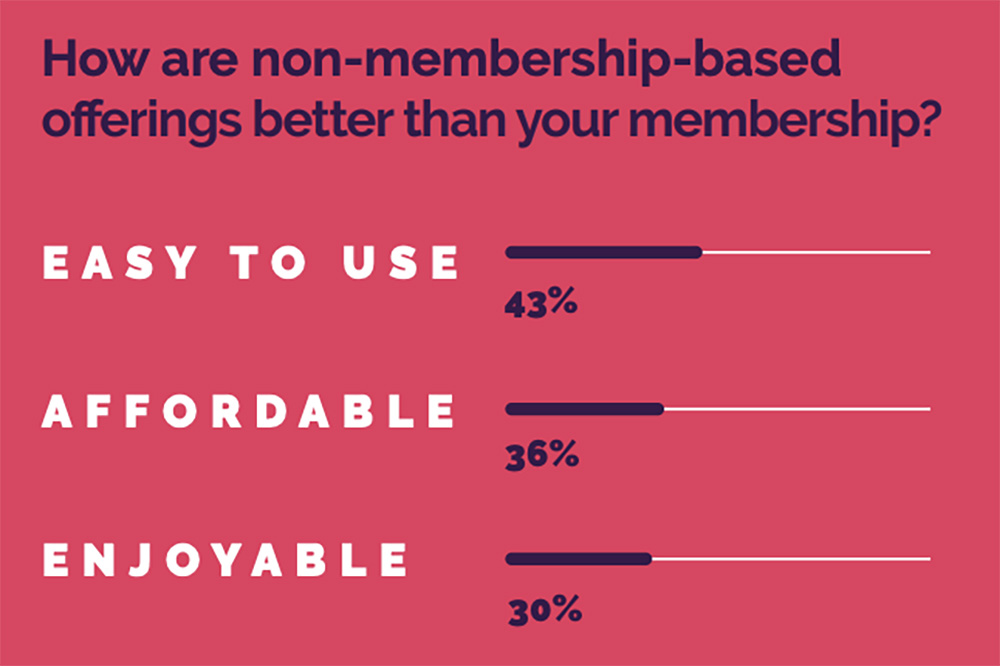Early on in 2020, with cultural organizations shuttered and scrambling through something everyone was calling a “digital pivot,” an old talking point shot back into cultural conversations, one we might label “competing with Netflix.”
It states that in an era of time-poor, price-conscious, stream-everything consumers, cultural organizations are no longer fighting with each other for the attention (and dollars) of visitors, but rather a panoply of digital entertainment services. To compete, the argument runs, means to emulate. And during a year of physical closure, “competing with Netflix” seemed more real than ever before as streaming subscribers reached 1.1 billion worldwide.
The truth lies somewhere in between. Though cultural organizations have a need to continue the digital innovations begun under the duress of the pandemic to accommodate tech-comfortable users, visitors will, in all likelihood, continue valuing the physical experiences they offer above all else. Understanding such a balance is of particular importance in respect to members of cultural organizations. Freestyle, a UK-based digital product studio, interviewed 2012 adults to explore expectations, attitudes and behaviours related to memberships, ones with a regular fee granting exclusive access knowledge, events, discounts, networking or a physical experience.
The result is Membership Organisations: Staying Relevant In 2021, which reveals how consumers are thinking about their memberships after a year of disruption. Here, Jing Culture & Commerce breaks four key data points in conversation with Julia Protesaru, Marketing Manager at Freestyle.
96 percent didn’t prefer membership organizations’ adapted services in 2020

With the curtailment of in-person visits, cultural institutions have had to rethink the services, experiences, and benefits offered to their members. Image: 360-degree panorama of the Louvre, 360cities.net
Given a third of people listed the physical experience offered by the organization as the most important reason for joining, it’s unsurprising to find they didn’t find value in a year of digital-only offerings. Socializing is also a strong motivator of membership: 31 percent choose a membership for its community and interaction benefits, but only 15 percent felt memberships had helped them meet people in the past year.
Digital is here to stay. How should cultural organizations be planning to redress these dissatisfactions even as they reopen physically?
Protesaru: Cultural establishments that rely on physical experience need to find new alternatives to enhance their offerings. Many jumped on the opportunity to allow people to experience their offering virtually with 360-degree views and tours, but this doesn’t necessarily deliver the spine-tingling excitement. Where many have gone wrong is by replicating the physical experience with the digital equivalent. In many cases, these came across as almost soulless — lacking in atmosphere and not evoking the same emotions. It’s vital businesses don’t use technology to replicate, but rather to complement their physical experience.
Only 34 percent of members are considering keeping memberships

According to the peak-end rule, individuals judge their experiences based on when they peaked and when they ended. Image: Nielson Norman Group
A worrying data point at a time of economic strain for cultural organizations, one compounded by Freestyle’s finding that three of five members are likely to cancel a membership in 2020. A couple of conjectures: first, the report surveyed a broad range of membership organizations, not simply culture-focused ones; second, intention is not the same as action. To combat the gap between value and digital experience, cultural organizations continue to improve virtual offerings with many launching digital-only memberships. Even still, as Freestyle notes, there are valuable lessons from the realm of brand loyalty programs.
Which elements from brand loyalty schemes should cultural organizations be looking to potentially adopt?
Protesaru: The pandemic hit many consumer wallets and almost half of those without a traditional membership don’t have one for budget reasons. True loyalty is emotional; it cannot be bought and is often linked to purpose and vision. Loyalty is intrinsically related to an organization’s ability to know their customer and apply that information to give value to the membership itself. We are seeing a new “member 2.0” type of customer and membership organizations can design with emotion in mind to create a memorable customer experience. When judging an experience, people recall how they felt at its peak, the most intense point, and at its end — known as peak end theory, which allows organizations to create “peaks” of positivity that they will be remembered for. Instead of thinking of brand loyalty schemes, think of helping members build habits around your organization.
Only 15 percent were impressed by membership communication in 2020
Connected to the sense of community engendered by joining a membership organization, a third of survey respondents said “communication and information” are top motivators. Members seem to be sympathetic to the plight of organizations amid trying times; only one in five expect markedly better communication, but “leveling up” communications, as the report puts it, will be essential in the coming year to maintain loyalty.
While only 7 percent were disappointed by communications, there’s real room for improvement. How should cultural organizations respond?
Protesaru: The results of our research show traditional membership organizations, especially those that rely on physical presence, have to listen to their members, understand their needs, and adapt their offerings and communications accordingly. They can no longer rely on what they think customers want and need. Customer behaviors are changing, and memberships have to stay agile in order to survive under the pandemic restrictions and increased consumer interest in various other digital offerings.
Nearly a third believe mobile apps and brand loyalty schemes can replace membership benefits

A breadth of other user-centric purchase journeys and experiences has led to a rise in customer expectations — a point membership organizations should note. Image: Freestyle
After a year of living online, it’s unsurprising to learn apps and digital native experiences (such as online community platforms or digital subscription services) were better placed than traditional physical organizations to satisfy new needs and a more price-conscious consumer. For many members, it is not an either/or decision, particularly as organizations reopen their doors. Rather, exposure to sophisticated and satisfying digital platforms raises the expectations of what they can expect from their membership organizations in the digital realm.
In response, cultural organizations can question what exactly about the user-centric experiences offered by competitor apps, which ranked as the top replacement cited by respondents, appeal, or cater to the 20 percent of members that wanted more exclusive offers as part of their membership in 2021.
This partly speaks to the need to individualize the experience: how can organizations change and how do you see member/organization relations developing in the coming year?
Protesaru: Membership organizations could review their platforms with this feedback [on mobile apps and brand loyalty schemes] in mind, learning from their user experiences (UX). Small UX improvements that add visual cues, rewarding customer journeys, and gamified experiences can all help a member get more value from their membership. We expect to see a higher level of co-creation taking off between cultural/membership organizations, other museums, businesses, services, and communities to bring more relevance to what it means to be a member of an organization. There is a desire to make organizations increasingly more relevant to members: organizations will be creating their offers for their members, with their members.



